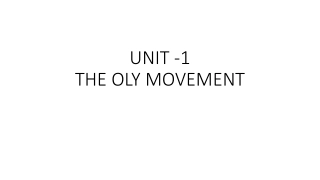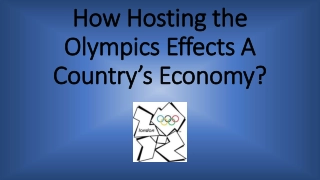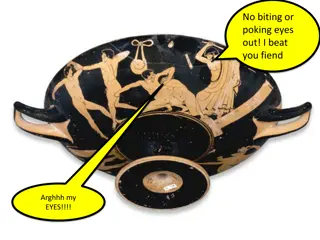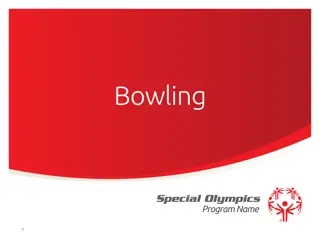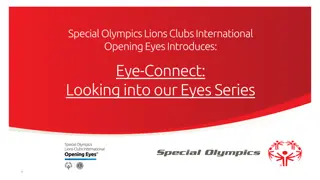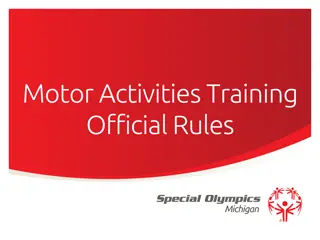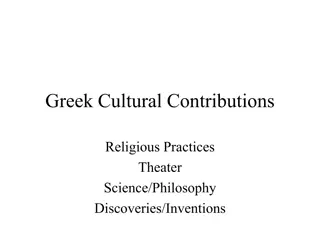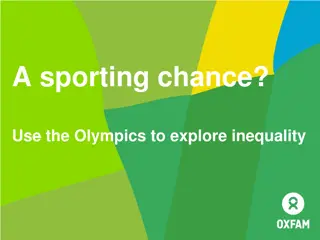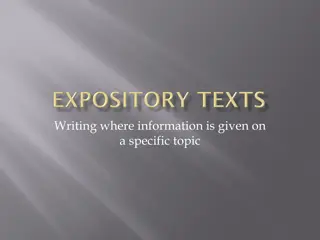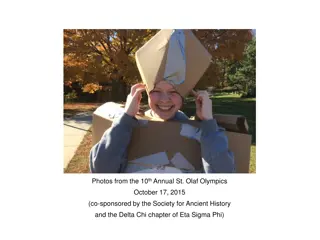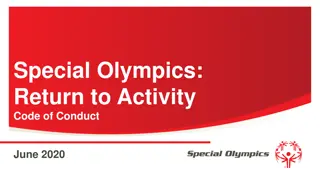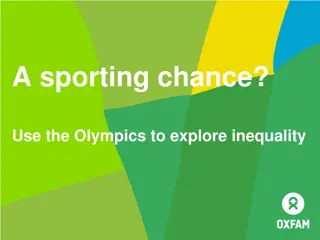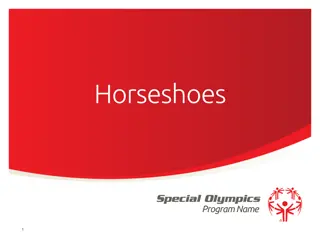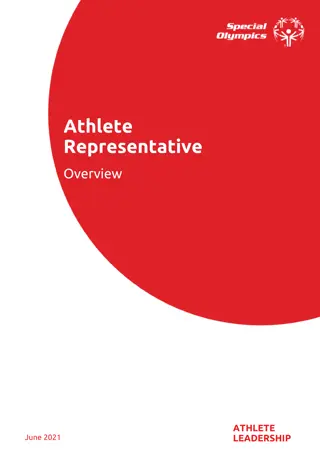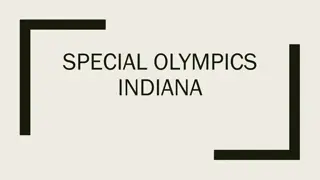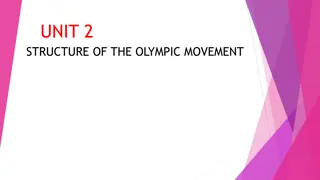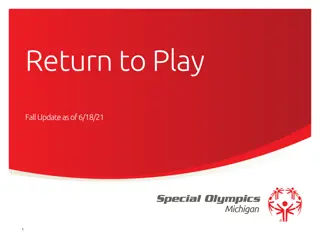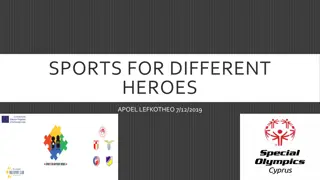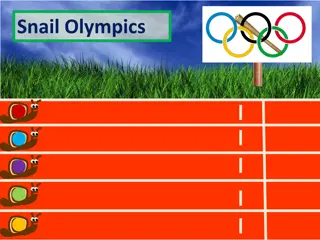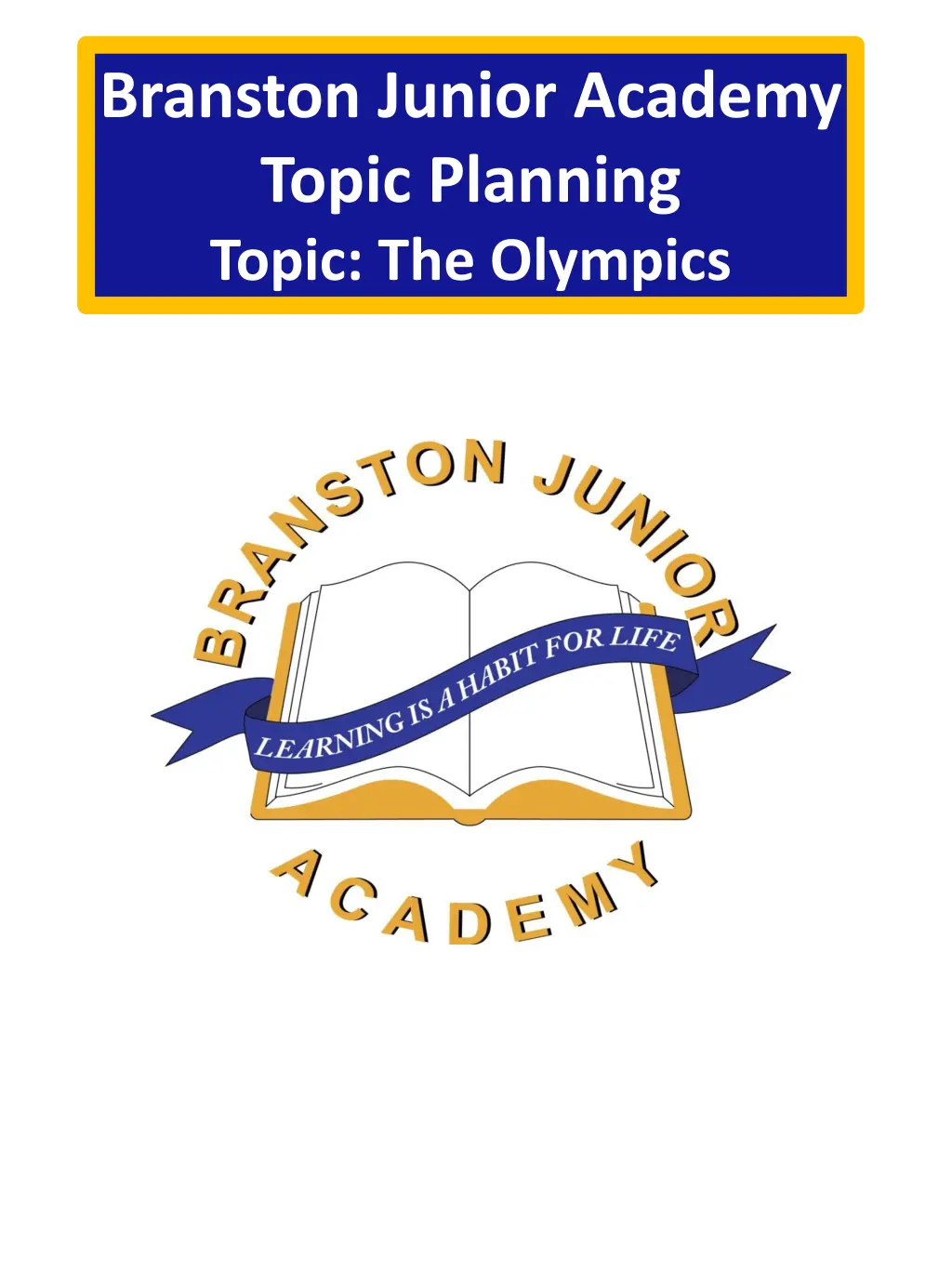
Exciting Learning Opportunities on Science, Computing, and More
Explore a variety of engaging topics like sound, electricity, animals, humans, Earth, and space through the National Curriculum objectives for different year groups. Dive into computational thinking, filmmaking, and word processing skills with Microsoft Office Suite. Discover how to use technology safely, respectfully, and responsibly while honing your creative and logical reasoning skills. Get ready for a fun and educational journey!
Download Presentation

Please find below an Image/Link to download the presentation.
The content on the website is provided AS IS for your information and personal use only. It may not be sold, licensed, or shared on other websites without obtaining consent from the author. If you encounter any issues during the download, it is possible that the publisher has removed the file from their server.
You are allowed to download the files provided on this website for personal or commercial use, subject to the condition that they are used lawfully. All files are the property of their respective owners.
The content on the website is provided AS IS for your information and personal use only. It may not be sold, licensed, or shared on other websites without obtaining consent from the author.
E N D
Presentation Transcript
Branston Junior Academy Topic Planning Topic: The Olympics
Science National Curriculum Objectives Yr 3/4 Sound: Pupils should be taught to: identify how sounds are made, associating some of them with something vibrating recognise that vibrations from sounds travel through a medium to the ear find patterns between the pitch of a sound and features of the object that produced it find patterns between the volume of a sound and the strength of the vibrations that produced it recognise that sounds get fainter as the distance from the sound source increases. Year 3/4 Electricity: identify common appliances that run on electricity construct a simple series electrical circuit, identifying and naming its basic parts, including cells, wires, bulbs, switches and buzzers identify whether or not a lamp will light in a simple series circuit, based on whether or not the lamp is part of a complete loop with a battery recognise that a switch opens and closes a circuit and associate this with whether or not a lamp lights in a simple series circuit recognise some common conductors and insulators, and associate metals with being good conductors. Year 5/6 Animals including humans Pupils should be taught to: describe the changes as humans develop to old age. identify and name the main parts of the human circulatory system, and describe the functions of the heart, blood vessels and blood recognise the impact of diet, exercise, drugs and lifestyle on the way their bodies function describe the ways in which nutrients and water are transported within animals, including humans. Year 5/6 Earth and Space: Pupils should be taught to: describe the movement of the Earth, and other planets, relative to the Sun in the solar system describe the movement of the Moon relative to the Earth describe the Sun, Earth and Moon as approximately spherical bodies use the idea of the Earth s rotation to explain day and night and the apparent movement of the sun across the sky.
Computing National Curriculum Objectives Skills Journal Objectives Years 3 and 4 Summer 1 Word Processing Skills and Understanding Key skills that can be applied within the Microsoft Office Suite IT 2: Select, use and combine a variety of software [ ] on a range of digital devices to design and create a range of programs, systems and content that accomplish given goals, including [ ] presenting data and information. I can search images and websites on Google I can use Microsoft word including text and pictures I can use Microsoft PowerPoint to combine pict ures, words, animations and sounds Summer 2 Filmmaking: Stop-frame Animation Using Stop Motion Studio for Android tablets IT 2: Select, use and combine a variety of software [ ] on a range of digital devices to design and create a range of programs, systems and content that accomplish given goals, including [ ] evaluating and presenting data and information. DL 3: Use technology safely, respectfully and responsibly; recognise acceptable/unacceptable behaviour; identify a range of ways to report concerns about content and contact. I understand how algorithms work and detect mistakes in algorithms Work with variables and various forms of input and output Years 5 and 6 Summer 1 Computational Thinking CS 1: [ ] solve problems by decomposing them into smaller parts. CS 3: Use logical reasoning to explain how some simple algorithms work and to detect and correct errors in algorithms and programs. I can design and debug programs Summer 2 Filmmaking IT 2: Select, use and combine a variety of software [ ] on a range of digital devices to design and create a range of programs, systems and content that accomplish given goals, including [ ] evaluating and presenting data and information. DL 3: Use technology safely, respectfully and responsibly; recognise acceptable/unacceptable behaviour; identify a range of ways to report concerns about content and contact.
History National Curriculum Coverage Skills Journal Objectives I can identify and describe changes in specific periods of History. Pupils should be taught about: Ancient Greece a study of Greek life and achievements and their influence on the western world I can explain how the past can be represented i.e. pictures, postcards and so on. I can use dates and vocabulary relating to the passing of time, including ancient, modern, century and decade. I can place events, people and changes into correct periods of time. I can describe what I know clearly in writing and pictures I can handle artefacts properly. I can examine artefacts and explain how they are different, thinking about: What it is made from, size, signs of wear and tear, purpose. I can choose appropriate sources to answer questions about specific people and events. I can combine sources and information to form an opinion.
Geography National Curriculum Objectives Skills Journal Objectives I can locate places on an OS map using a 4 figure grid reference. Pupils should be taught to: Locational knowledge name and locate counties and cities of the United Kingdom, geographical regions and their identifying human and physical characteristics, key topographical features (including hills, mountains, coasts and rivers), and land-use patterns; and understand how some of these aspects have changed over time Place knowledge understand geographical similarities and differences through the study of human and physical geography of a region of the United Kingdom Geographical skills and fieldwork use maps, atlases, globes and digital/computer mapping to locate countries and describe features studied use the eight points of a compass, four and six- figure grid references, symbols and key (including the use of Ordnance Survey maps) to build their knowledge of the United Kingdom and the wider world use fieldwork to observe, measure, record and present the human and physical features in the local area using a range of methods, including sketch maps, plans and graphs, and digital technologies. I can use latitude and longitude as a guide to location on an atlas. I can locate places on an OS map using a 6 figure grid reference. I can read the scale on contour lines on an OS map. I can identify and interpret relief maps. I can read and interpret the globe as a flat map. I can make a simple scale drawing e.g. 1sq cm = 1sq metre. I can draw my own simple thematic map based on my own data.
Design Technology National Curriculum Objectives Skills Journal Objectives I can analyse taste, texture, smell and appearance of a range of foods. understand and apply the principles of a healthy and varied diet prepare and cook a variety of predominantly savoury dishes using a range of cooking techniques understand seasonality, and know where and how a variety of ingredients are grown, reared, caught and processed. I can join and combine a range of ingredients. I can work safely and hygienically. I can weigh and measure using scales. I can cut and shape ingredients using tools and equipment. I can join and combine food ingredients by beating, kneading & rubbing in.
Art and Design National Curriculum Objectives Skills Journal Objectives Pupils should be taught: to create sketch books to record their observations and use them to review and revisit ideas to improve their mastery of art and design techniques, including drawing, painting and sculpture with a range of materials [for example, pencil, charcoal, paint, clay] about great artists, architects and designers in history. * No key skills for use of IT I can place events, peoples and changes into correct periods of time. I can explain how the past can be represented through art. I know art has changed throughout history.
Languages National Curriculum Objectives Skills Journal Objectives listen attentively to spoken language and show understanding by joining in and responding explore the patterns and sounds of language through songs and rhymes and link the spelling, sound and meaning of words engage in conversations; ask and answer questions; express opinions and respond to those of others; seek clarification and help* speak in sentences, using familiar vocabulary, phrases and basic language structures develop accurate pronunciation and intonation so that others understand when they are reading aloud or using familiar words and phrases* present ideas and information orally to a range of audiences* read carefully and show understanding of words, phrases and simple writing appreciate stories, songs, poems and rhymes in the language broaden their vocabulary and develop their ability to understand new words that are introduced into familiar written material, including through using a dictionary write phrases from memory, and adapt these to create new sentences, to express ideas clearly describe people, places, things and actions orally* and in writing understand basic grammar appropriate to the language being studied, including (where relevant): feminine, masculine and neuter forms and the conjugation of high-frequency verbs; key features and patterns of the language; how to apply these, for instance, to build sentences; and how these differ from or are similar to English Listen attentively to spoken language and show understanding by joining in and responding Speak in sentences using familiar vocabulary Read carefully and show understanding of words and phrases Use a dictionary to identify unfamiliar words Write phrases from memory and adapt these to create new sentences Ask and answer basic questions such as what is your name, where do you live, how old are you, what time is it? Count up to 100 Name basic animals Name the days of the week and month of the year
Music National Curriculum Objectives Skills Journal Objectives Pupils should be taught to: play and perform in solo and ensemble contexts, using their voices and playing musical instruments with increasing accuracy, fluency, control and expression improvise and compose music for a range of purposes using the inter- related dimensions of music listen with attention to detail and recall sounds with increasing aural memory use and understand staff and other musical notations appreciate and understand a wide range of high-quality live and recorded music drawn from different traditions and from great composers and musicians develop an understanding of the history of music. Whole School: I can compose three note patterns I can compose melodic and rhythmic phrases I can explain what I think a piece of music s purpose could be Year 3/4: I can compose simple tunes using a pentatonic scale Year 5/6 : I can compose a soundscape I can sing expressively in time to the beat and rhythm (School Play) I can take part in two-part songs (School Play) I can sing expressively combining dynamics, tempo and pitch (School Play)
Physical Education National Curriculum Objectives Skills Journal Objectives Pupils should be taught to: Use running, jumping, throwing and catching in isolation and in combination Rounders/ Cricket: I can strike a ball. I can bowl over arm I can use a basket catch to field. I can return a ball to the pitcher or whoever I want. I can call out clearly for a ball. Play competitive games, modified where appropriate [for example, badminton, basketball, cricket, football, hockey, netball, rounders and tennis], and apply basic principles suitable for attacking and defending Athletics: Develop flexibility, strength, technique, control and balance [for example, through athletics and gymnastics] I can sprint 60 metres in under 12 seconds I can change my body shape to decrease air resistance. I can run a mile. I can use my toe and heel to spin and throw a discus. I can throw the javelin With a run up Without a run up I can handle a shot put safety I can use a push throw I can jump: One foot to the other (high jump) One foot to two feet (long jump) One foot to same foot to two feet ( triple) Take part in outdoor and adventurous activity challenges both individually and within a team Compare their performances with previous ones and demonstrate improvement to achieve their personal best. Swimming: I can swim over 20 metres using front crawl, back stroke or breast stroke. I can use a float to swim a length using just my feet. I can synchronise my breathing with my stroke.
RE Lincolnshire Syllabus Objectives Skills Journal Objectives Hinduism Year 3/4 Symbols and Community Expression:Hinduism Year 5/6 Faith and belief in action and Expressionsof Belonging: Hinduism I can explain things that are the same and different for religious people. I can describe and compare the different practices and experiences involved with different religious groups. I can explain how similarities and differences between religions affect peoples lives. Year : How are deities and key figures described in Hindu sacred texts and stories? What is the purpose of visual symbols in the mandir? What might Hindus understand about the Divine through these stories? How is Hindu worship expressed personally and collectively? How does Hindu worship and celebration build a sense of community? I can describe what can be learned from religious stories. I suggest reasons for the similarities and differences in forms of religion. I can compare some of the things that influence me with those that influence other people. I can explain things that are important to me and how they link me to other people. Year 5/6: How do Hindus reflect their faith in the way they live? How might a Hindu seek to achieve moksha? What is karma and how does it drive the cycle of samsara? How do Hindus show they belong? I can think about what I believe.
PSHE Skills Journal Objectives See KS2 Life Values on Skills Journal PSHE objectives to be followed in Dimension programme

